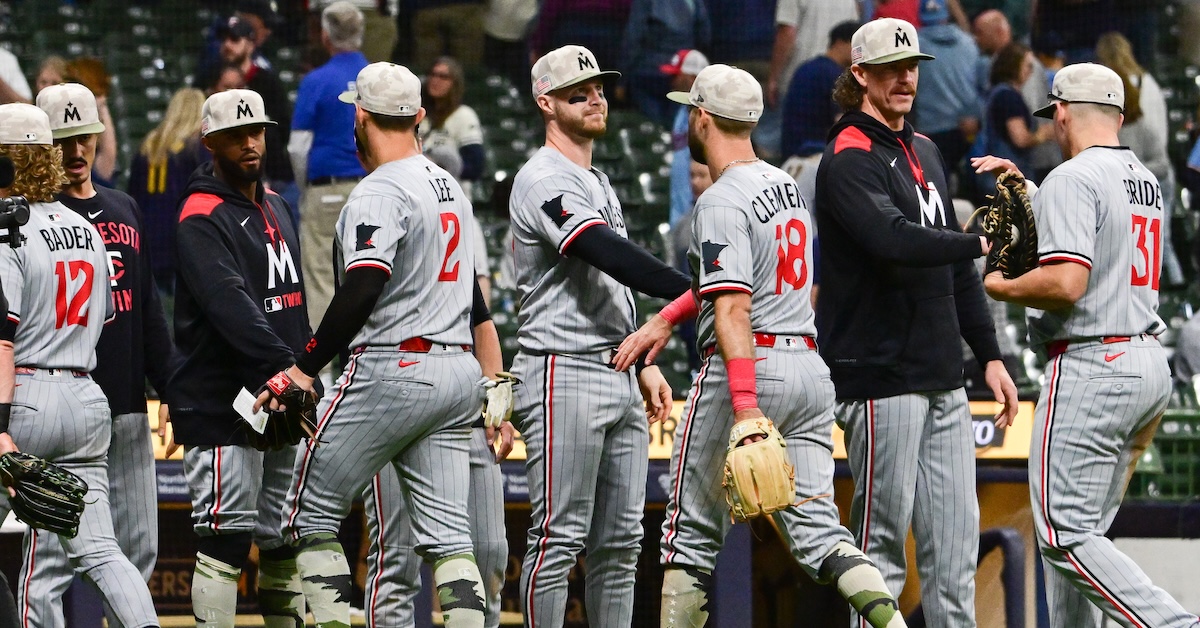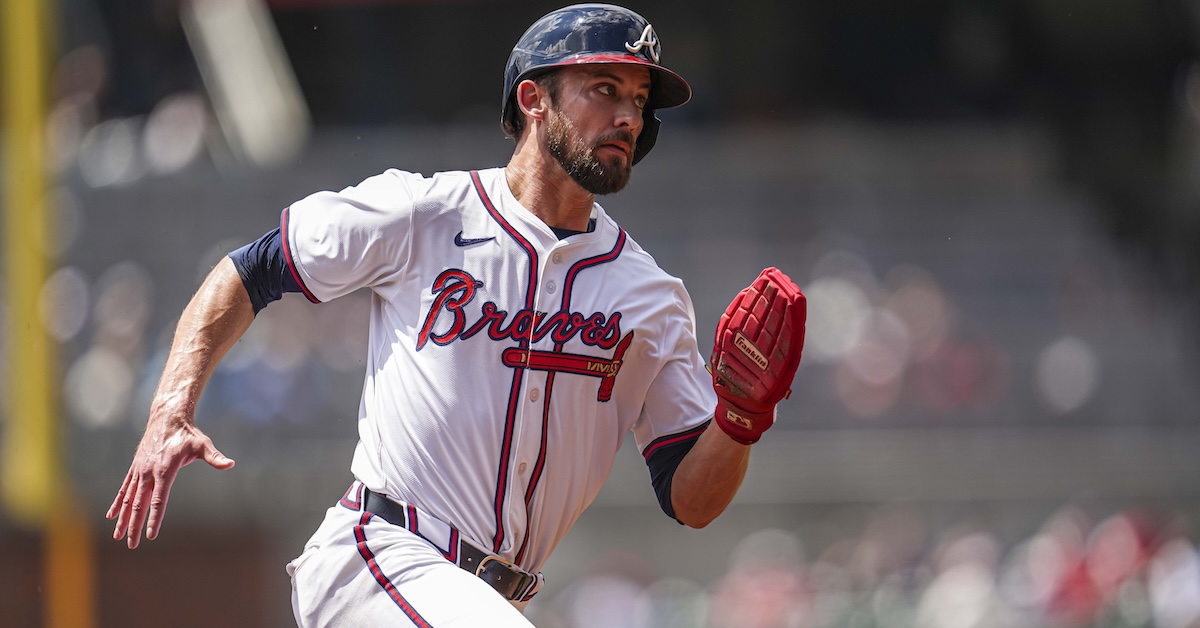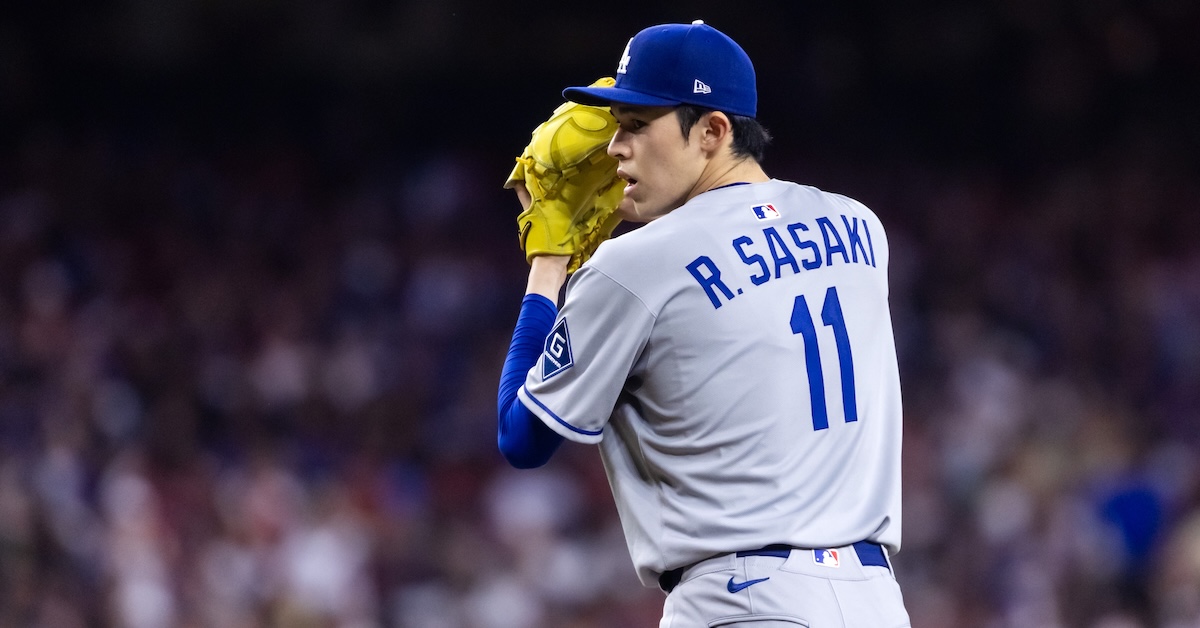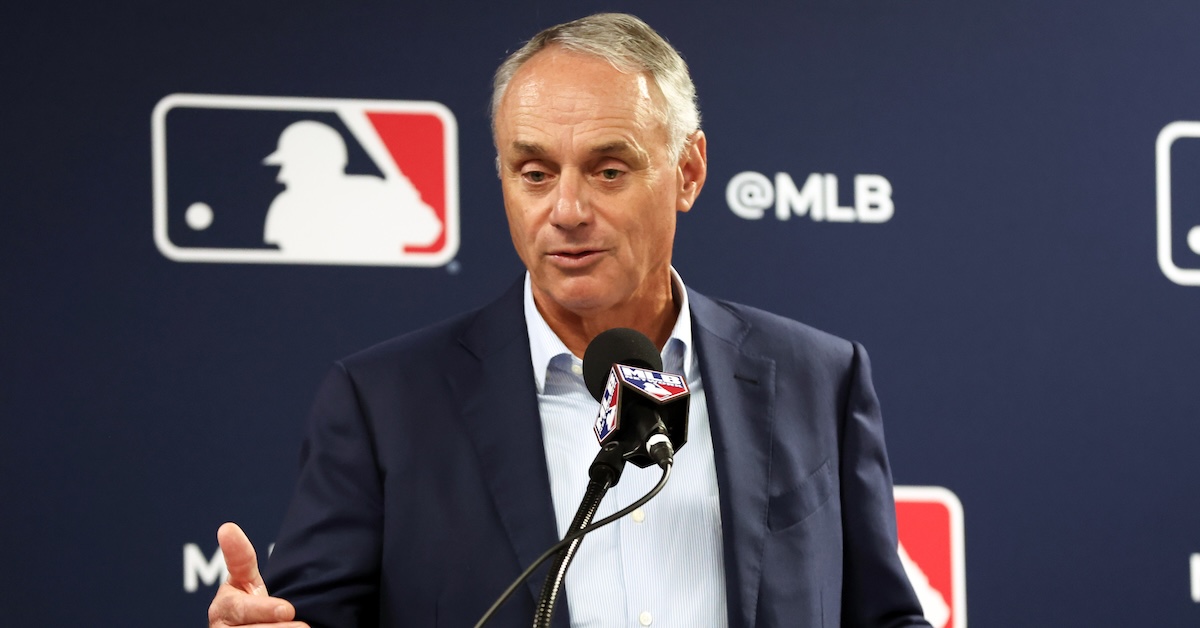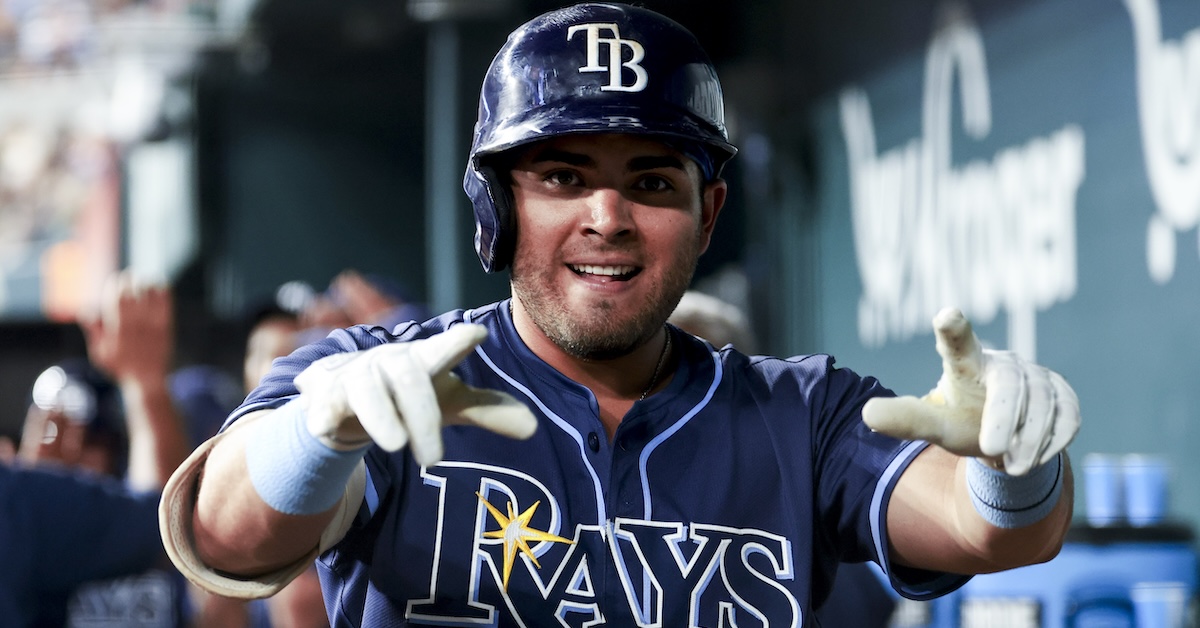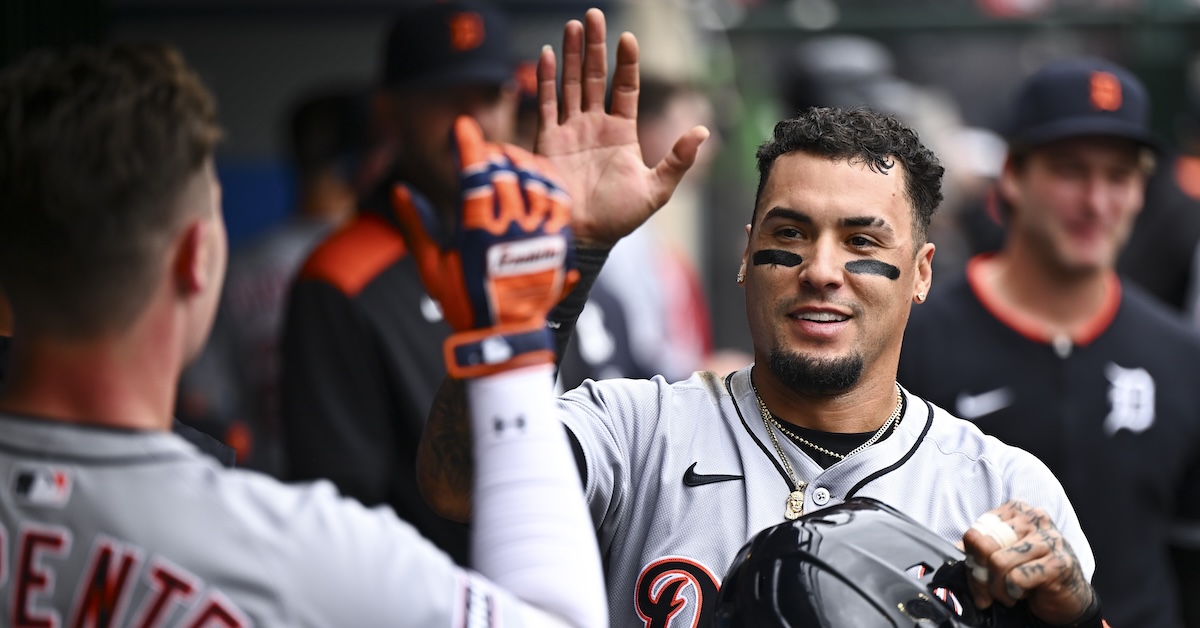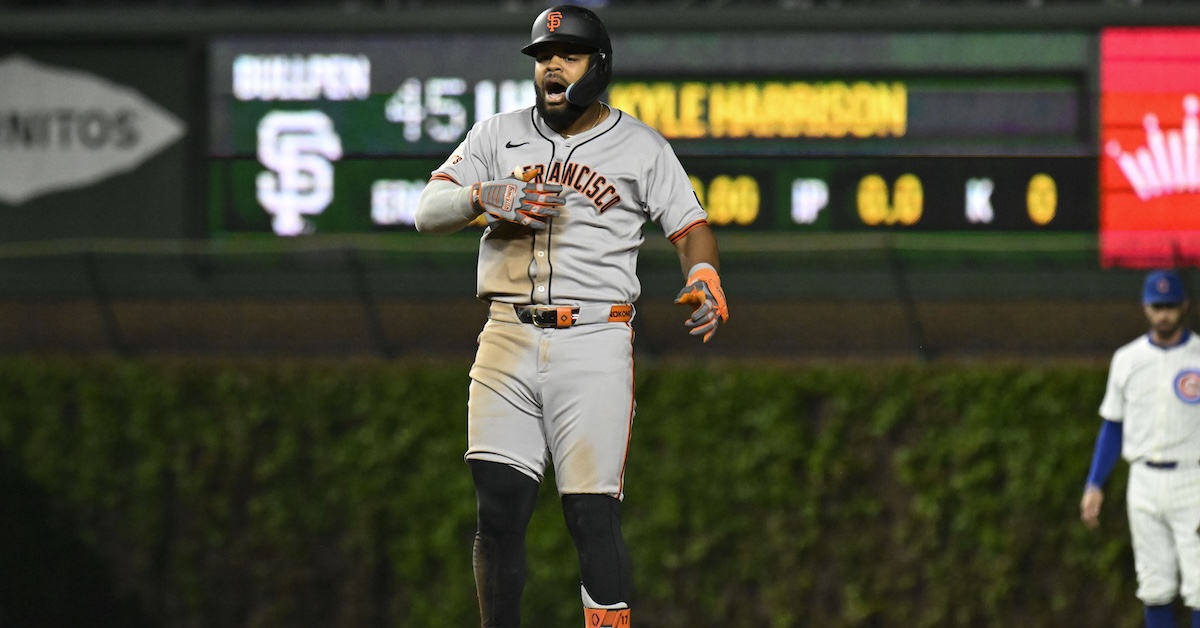Trevor Story’s Slump and the Never-Ending Saga of the Red Sox Infield
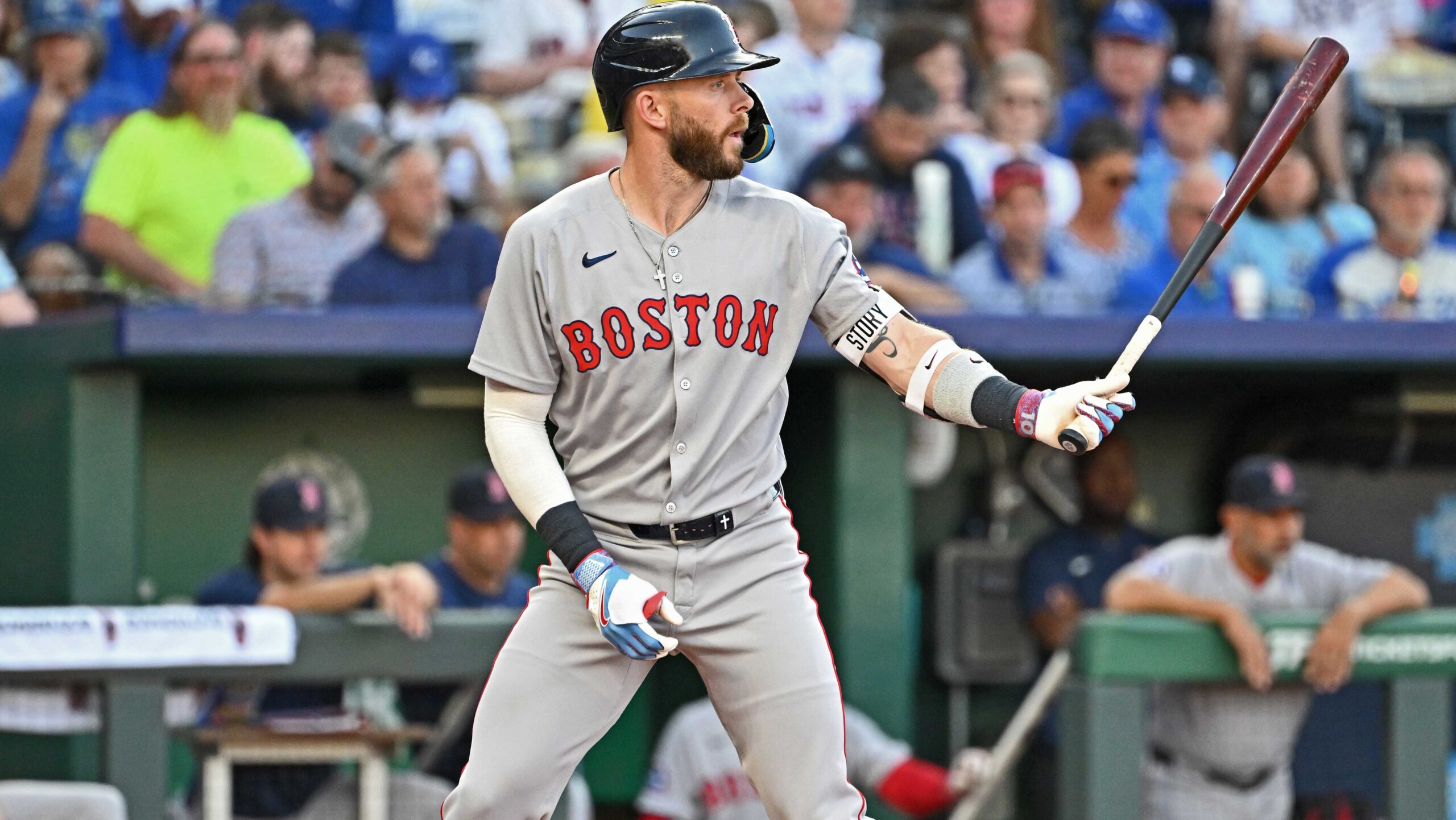
After missing significant chunks of the past three seasons due to injuries — including all but 26 games last year — Trevor Story has been healthy enough to play in 48 of the Red Sox’ first 51 games. He hit well over the first few weeks of the season, but lately he’s fallen into a deep slump. With Boston struggling to climb above .500 but awash in promising young players, he may wind up fighting for his job.
The 32-year-old Story entered this season having played just 163 games since the Red Sox signed him to a six-year, $140 million deal in March 2022. He played just 94 games in 2022 due to a hairline fracture in his right wrist and a contusion on his left heel, then just 43 in ’23 after undergoing internal brace surgery to repair a torn ulnar collateral ligament, and 26 last year before fracturing the glenoid rim and tearing the posterior labrum of his left shoulder. That’s not only a lot of time missed — basically two seasons out of three — but it’s also time missed at a pivotal juncture in his career. Even without catastrophic injuries, not many players are the same at 32 as they were at 28, and the version of Story capable of producing at least 20 homers and 20 steals while providing strong defense at shortstop may be gone.
Through Wednesday, Story has hit for just a 65 wRC+, the seventh-lowest mark among AL qualifiers. That’s bad enough, but his recent performance looks even even worse if we simply split his game log down the middle, with 24 games played on each side:
| Split | G | PA | HR | BB% | K% | AVG | OBP | SLG | wRC+ |
|---|---|---|---|---|---|---|---|---|---|
| Through April 22 | 24 | 98 | 5 | 3.1% | 28.6% | .319 | .347 | .500 | 135 |
| Since April 23 | 24 | 102 | 1 | 4.9% | 32.4% | .137 | .196 | .173 | -3 |
| Total | 48 | 200 | 6 | 4.0% | 30.5% | .228 | .270 | .333 | 65 |
